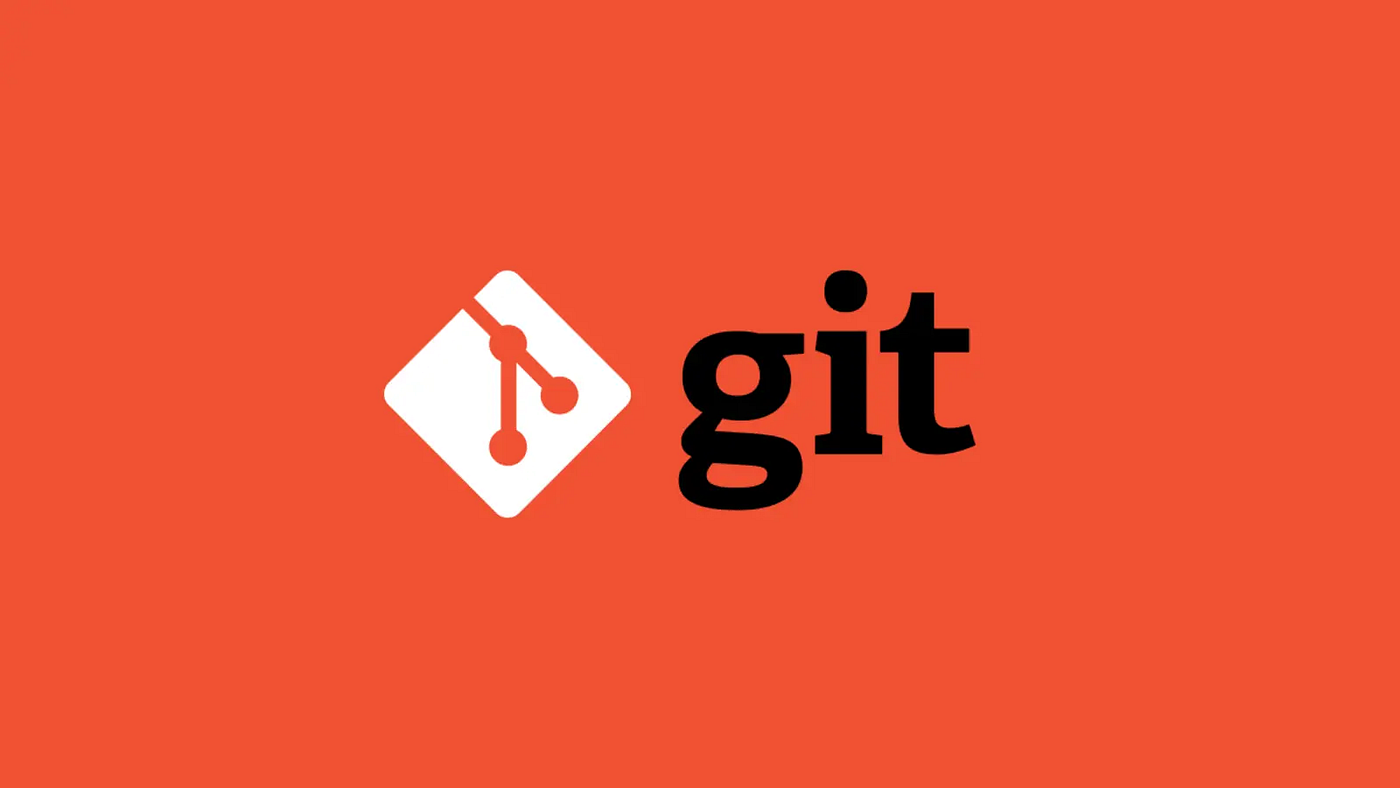Introduction:
In the world of software development, efficient version control is paramount to the success of projects, and Git stands as the cornerstone of modern version control systems. Born out of Linus Torvalds’ frustration with existing version control tools, Git has revolutionized the way developers collaborate, track changes, and manage codebases. Whether you’re a seasoned developer or a newcomer to version control, this comprehensive guide to Git will demystify its intricacies and empower you to become a proficient Git user.
What is Git?
Git is an open-source distributed version control system designed for tracking changes in source code during software development. Developed by Linus Torvalds in 2005, Git provides a decentralized and flexible approach to version control, enabling developers to work collaboratively on projects while maintaining a complete history of changes. Git’s lightweight branching and merging capabilities, along with its speed and efficiency, make it an indispensable tool for developers working on projects of all sizes and complexities.
Getting Started with Git:
Getting started with Git is straightforward, as it requires only a basic understanding of command-line interface (CLI) and version control concepts. Developers can install Git on their local machine and initialize a new Git repository in their project directory using the git init command. From there, developers can use Git commands to track changes, stage files, commit changes, and collaborate with other developers using remote repositories.
Key Features of Git:
- Version Control: Git tracks changes to files and directories in a project repository, enabling developers to view the history of changes, revert to previous versions, and collaborate on code changes with confidence. Git’s version control capabilities ensure that developers can work collaboratively on projects without fear of losing or overwriting changes.
- Branching and Merging: Git offers lightweight branching and merging capabilities, allowing developers to create branches to work on new features or bug fixes independently of the main codebase. Branches enable developers to isolate changes, experiment with new ideas, and collaborate with other team members without affecting the main codebase. Merging allows developers to incorporate changes from one branch into another, ensuring that code changes are integrated seamlessly into the project.
- Remote Repositories: Git enables developers to collaborate with other developers using remote repositories hosted on platforms such as GitHub, GitLab, or Bitbucket. Remote repositories provide a centralized location for storing and sharing code, enabling developers to collaborate on projects asynchronously and across geographical locations.
- Staging Area: Git introduces the concept of a staging area (also known as the index), where developers can selectively stage changes before committing them to the repository. The staging area allows developers to review and fine-tune changes before committing them, ensuring that only relevant changes are included in each commit.
Using Git for Version Control:
# Initialize a new Git repository
git init
# Add files to the staging area
git add .
# Commit changes to the repository
git commit -m "Initial commit"
# Create a new branch
git branch feature-branch
# Switch to a different branch
git checkout feature-branch
# Merge changes from another branch
git merge mainAdvanced Git Techniques:
- Git Workflow: Git supports various workflows for collaborating on projects, including centralized, feature branch, and Gitflow workflows. Each workflow offers a different approach to managing branches, code reviews, and releases, depending on the requirements and complexity of the project.
- Git Hooks: Git hooks are scripts that run automatically at certain points in the Git workflow, such as before or after a commit, merge, or push operation. Git hooks enable developers to automate tasks, enforce coding standards, and perform custom actions based on events in the Git workflow.
- Git Rebase: Git rebase is a powerful tool for rewriting commit history and managing branch divergence. Rebase allows developers to reapply commits from one branch onto another, ensuring a linear and clean history while preserving the integrity of the commits.
Applications of Git:
Git finds applications in various fields and industries, including software development, web development, data science, and more. From managing code changes in software projects to collaborating on documents and configurations, Git offers the flexibility and power to streamline version control and collaboration workflows.
Conclusion:
Git remains a fundamental tool for modern software development, providing developers with the ability to track changes, collaborate on projects, and manage codebases effectively. Whether you’re working on a small personal project or a large-scale enterprise application, Git provides the framework to organize and track changes in your codebase, ensuring transparency, accountability, and efficiency throughout the development process.
So, embrace the power of Git, explore its rich features and capabilities, and unlock the potential to streamline your version control and collaboration workflows. With Git, the possibilities are endless, and the future of software development is yours to shape. Happy coding!
